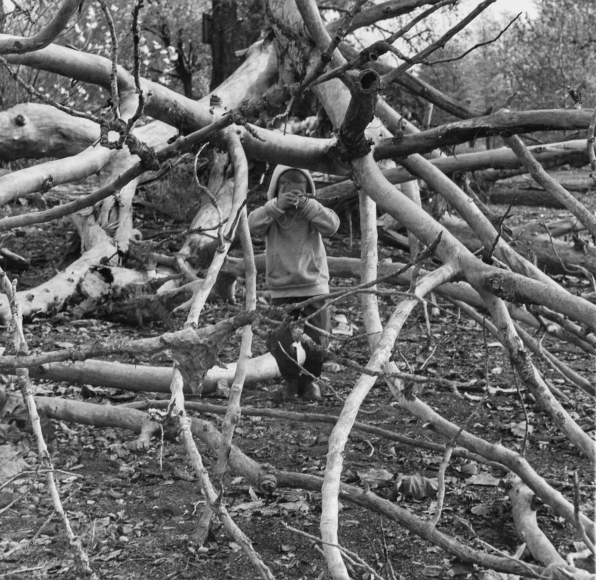
Frank Gohlke 

Suzhou Jie, Daoxiangyuan, Haidian District, Beijing, 2004 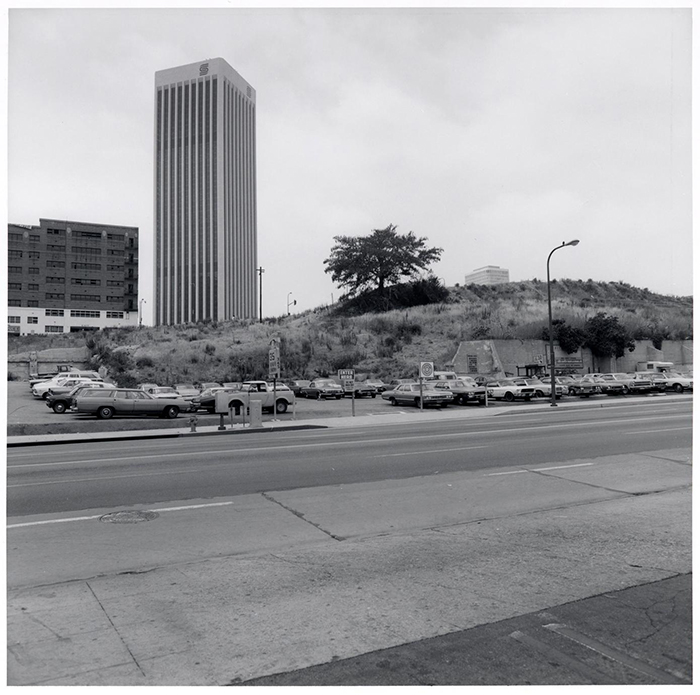


Bernd Becher and Hilla Becher 
Joel Sternfeld







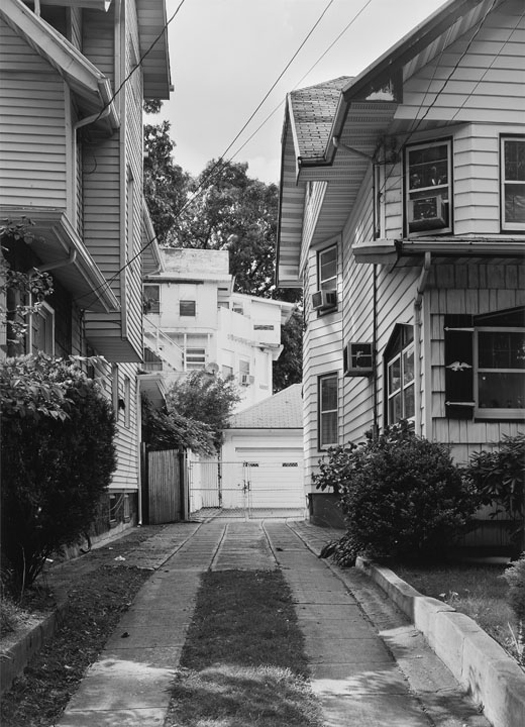


New topographics was a term coined by William Jenkins in 1975 to describe a group of American photographers (such as Robert Adams and Lewis Baltz) whose pictures had a similar banal aesthetic, in that they were formal, mostly black and white prints of the urban landscape
The photographer were inspired by the man-made, selecting subject matter that was matter-of-fact. Parking lots, suburban housing and warehouses were all depicted with a beautiful stark austerity, almost in the way early photographers documented the natural landscape.
What was the topographics a reaction to?
Topographics are a reaction to the tyranny of idealised landscape photography that elevated the natural and the elemental.
Examples of the new topographic
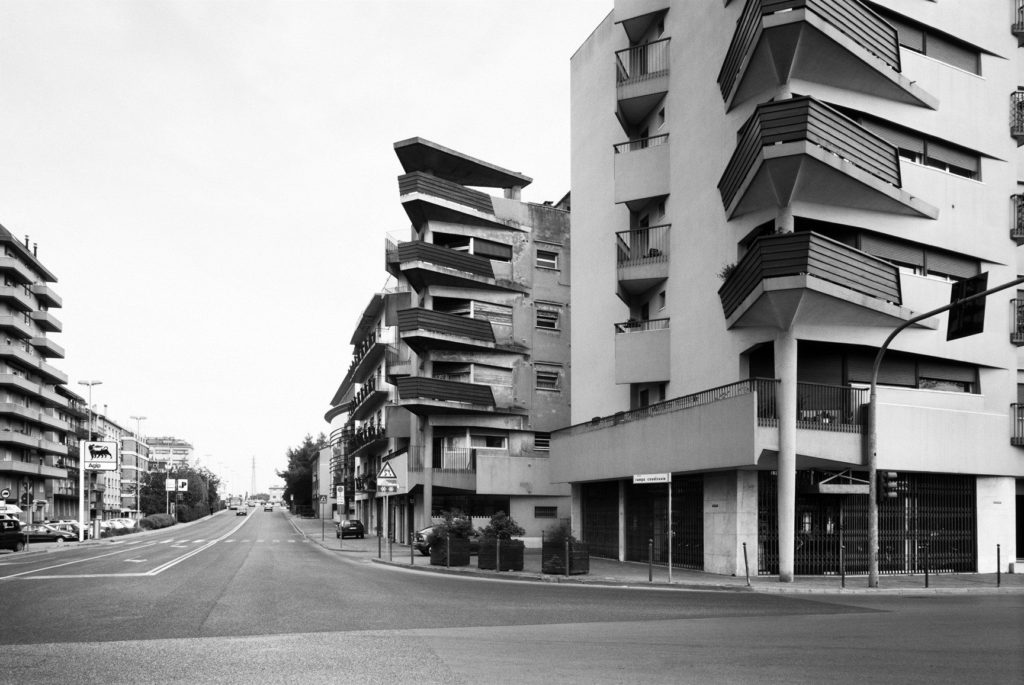
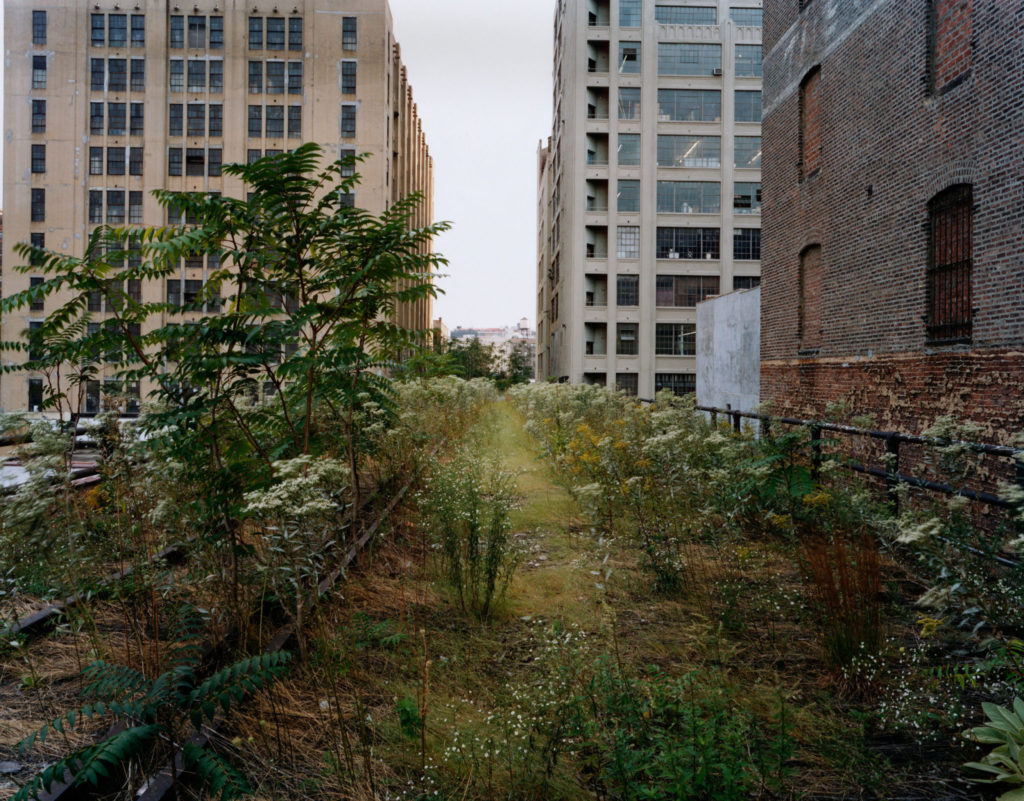

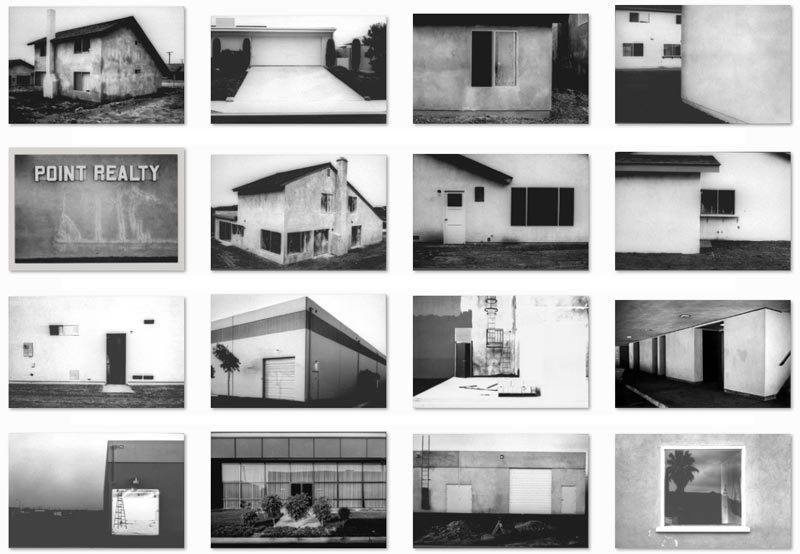
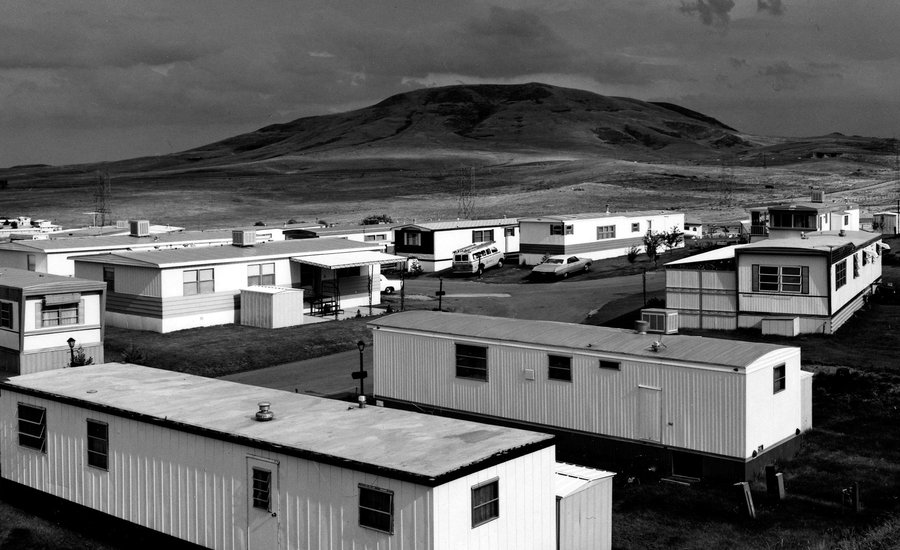
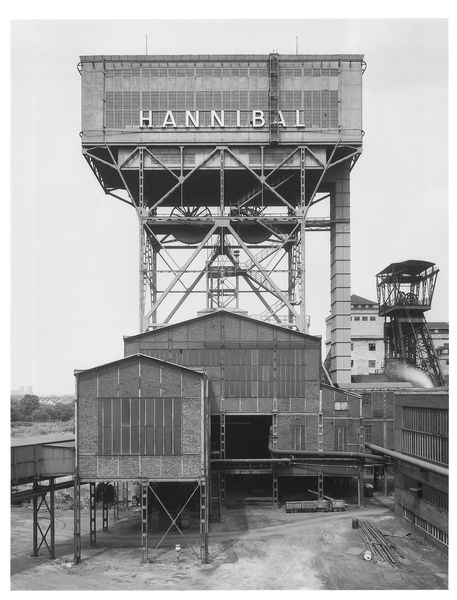


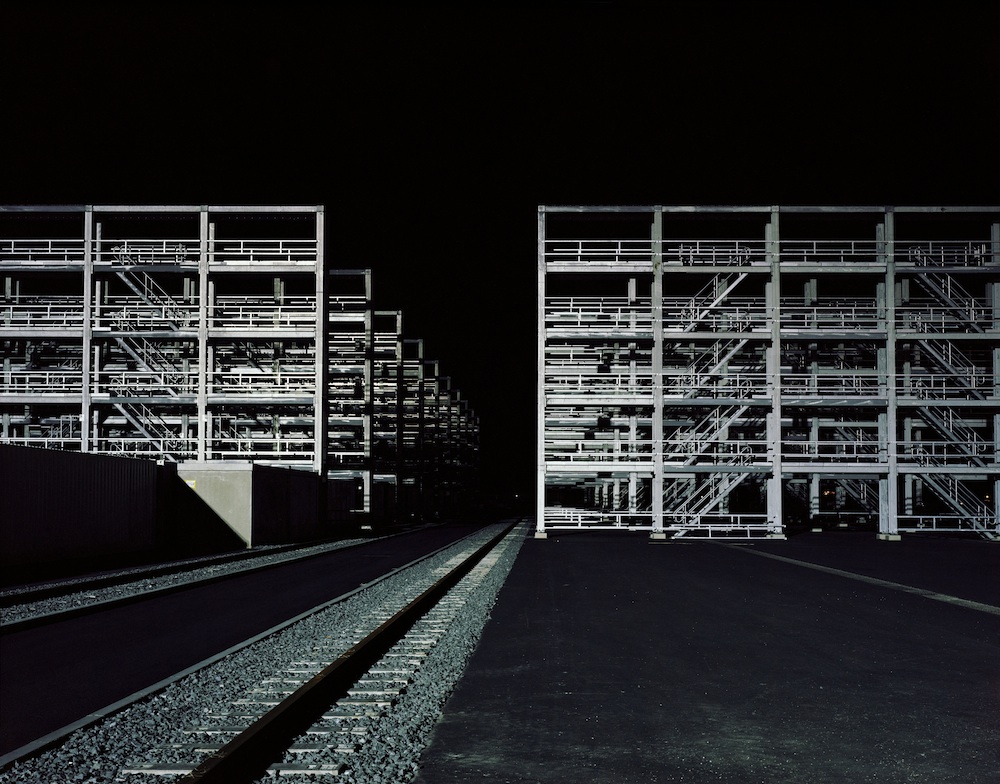

What is urban photography?
Urban photography is a broad term describing photography that showcases all aspects of an urban environment, combining elements of many other types of photography, including portrait, fine-art, landscape, and architecture photography as well as photojournalism.
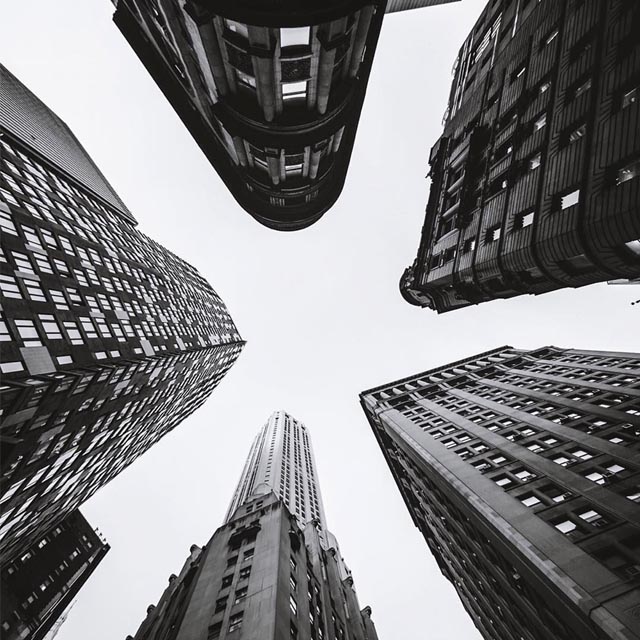
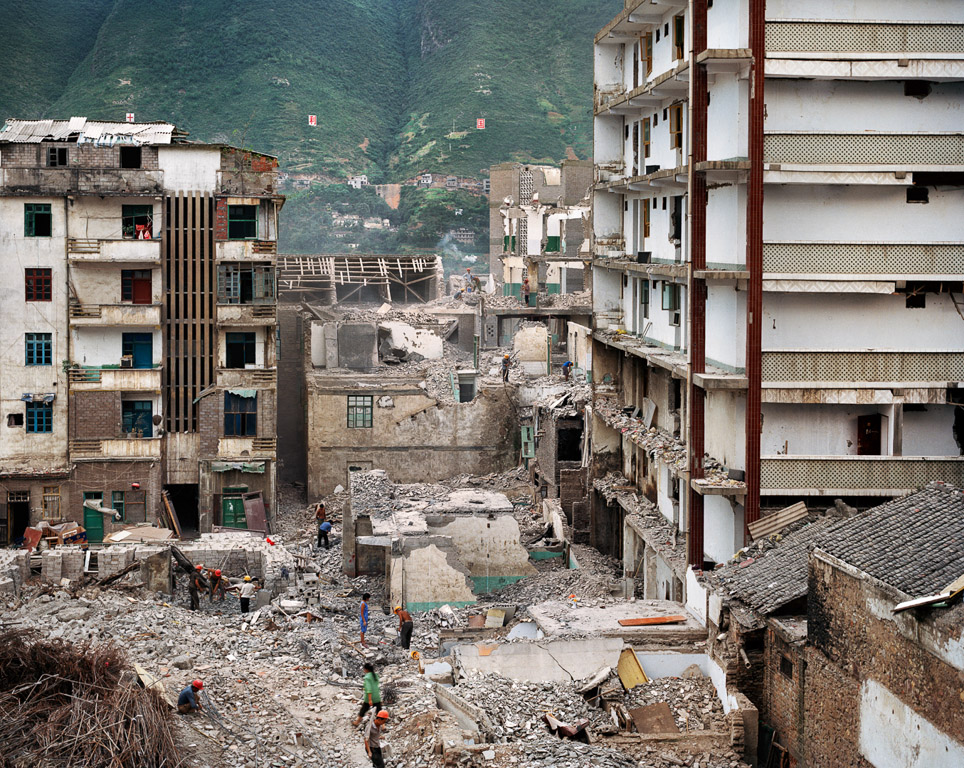
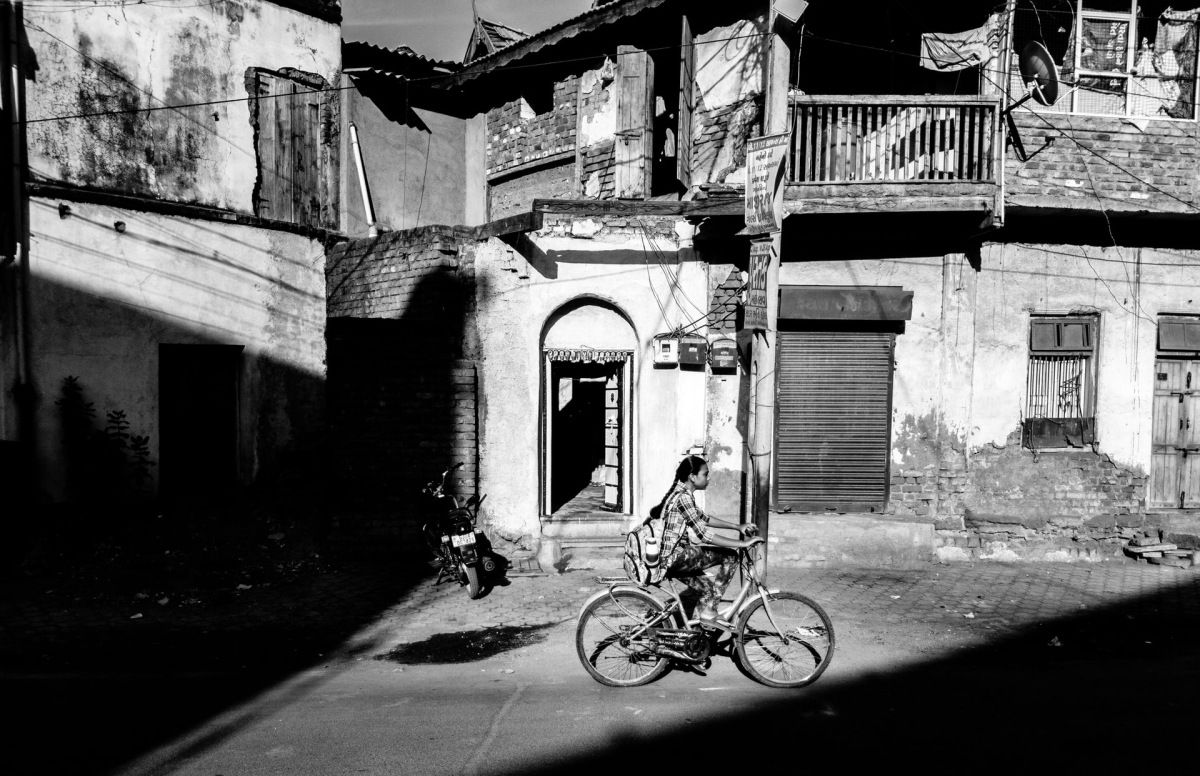
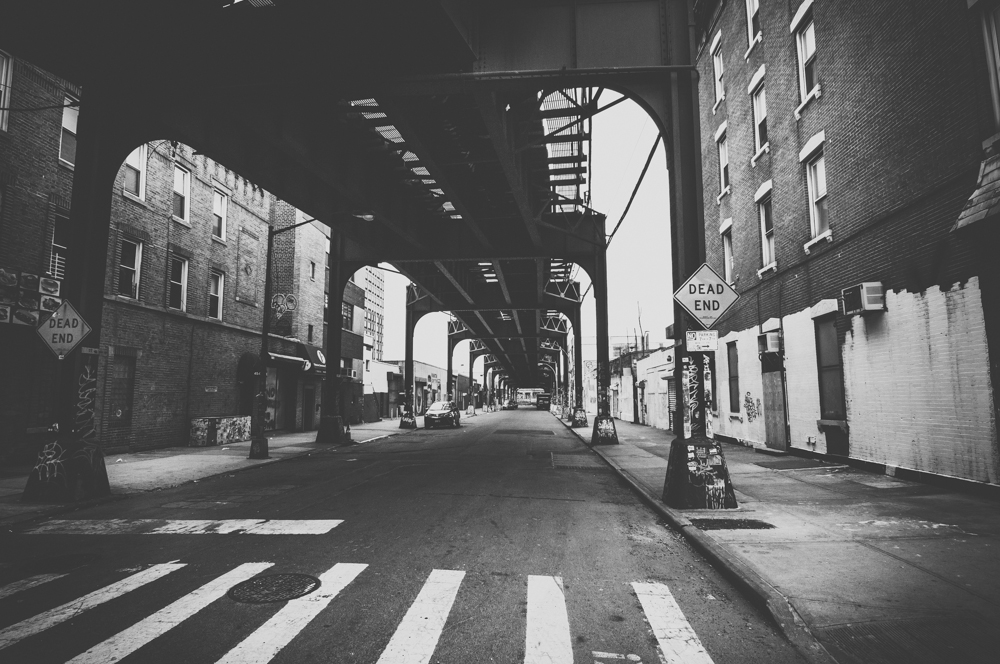


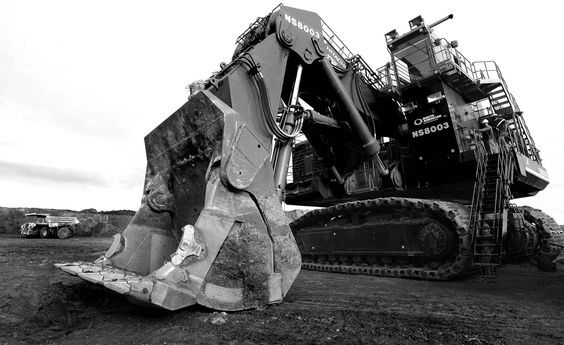

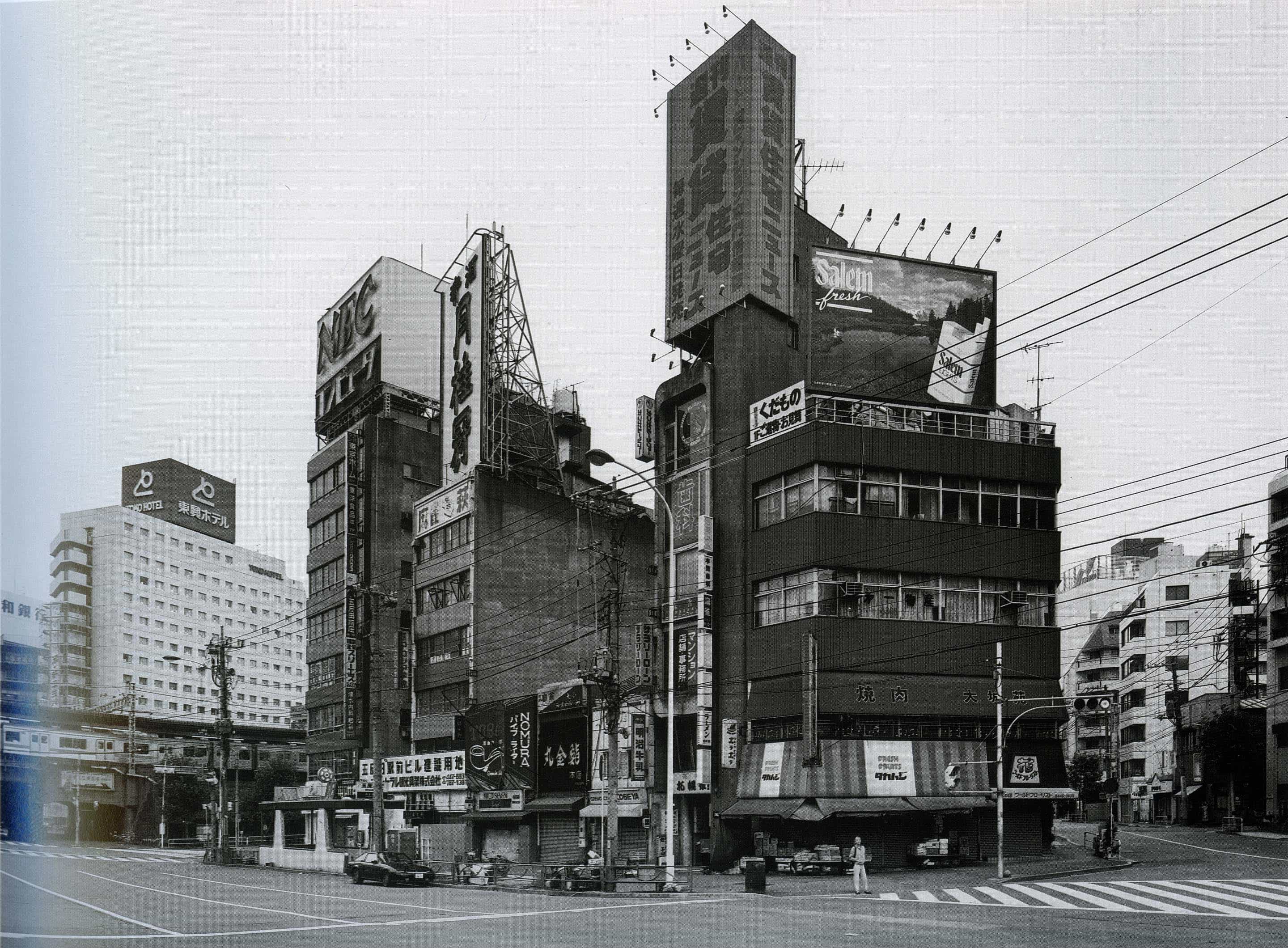
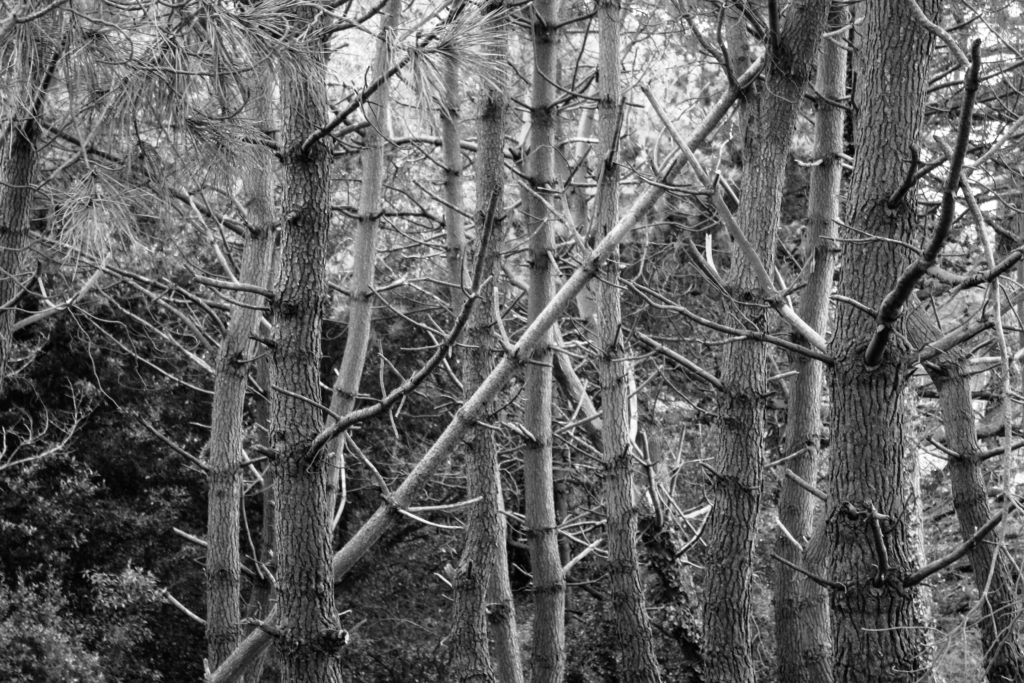
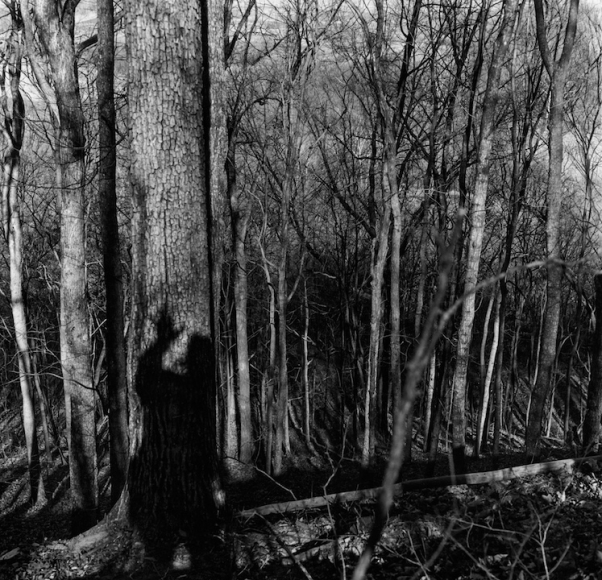
| Ralph Eugene Meatyard (differences) | Similarities | My own photographs (differences) |
| Includes props such as people and cars | Cluttered inclusion of trees | Slightly more close up images |
| Include more of the landscape | Similar shades of greys, blacks and whites | Mainly focused on smaller sections |
| Includes a person’s shadow | Both in black and white | More detail shown in the trees |
Both images (my own photography and that of Ralph Eugene Meatyard) share many similarities and differences. To compare these images, I can first see that both images include the use of a cluttered abundance of trees, swarming and filling up the entire photograph. Although in my image, all the trees are slightly wider and more detailed than the ones in Eugene Meatyard’s. His image has darker trees in the background whilst my image has every tree being more or less the same shade of grey.
I have also noticed that both images are in black and white and contain very similar shades and tones of both colours. I have however noticed, that Eugene’s Meatyards image is slightly more far away so you get the entire length of the tree whilst in my photo you can see that I’ve only captured a smaller portion of the trees. Eugene Meatyard’s also includes someone’s shadow whilst mine on the other hand, does not.
Eugene Meatyard tends to include props in his photographs whether it be landscape, portrait, or any other form of photography. He includes people into his photos, cars, shadows, masks and loads more. I have only captured the trees itself and left it at that.
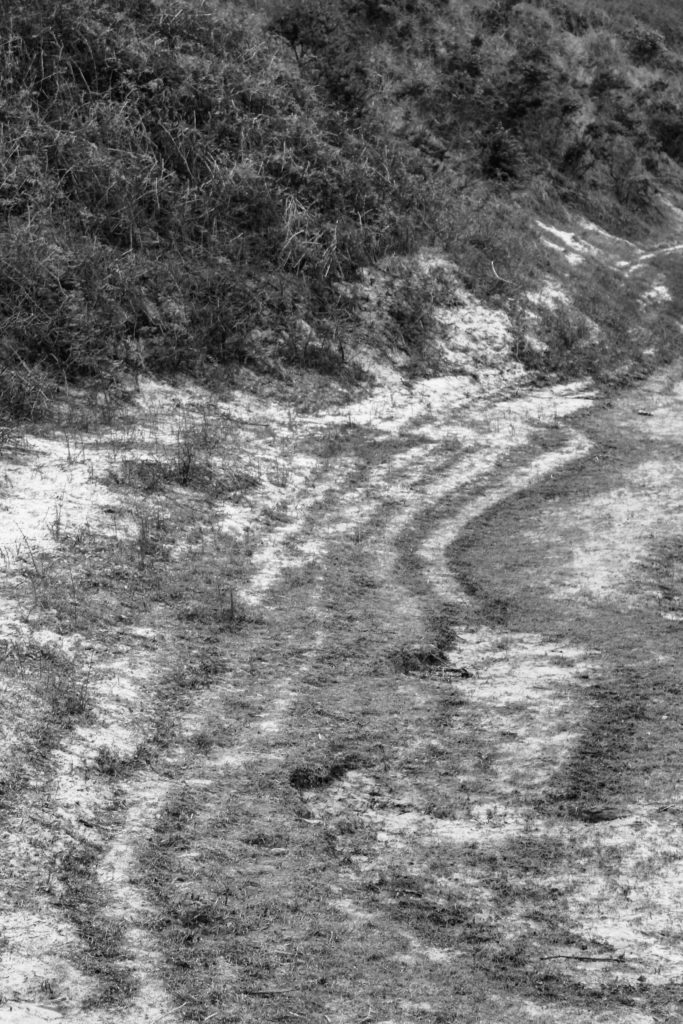
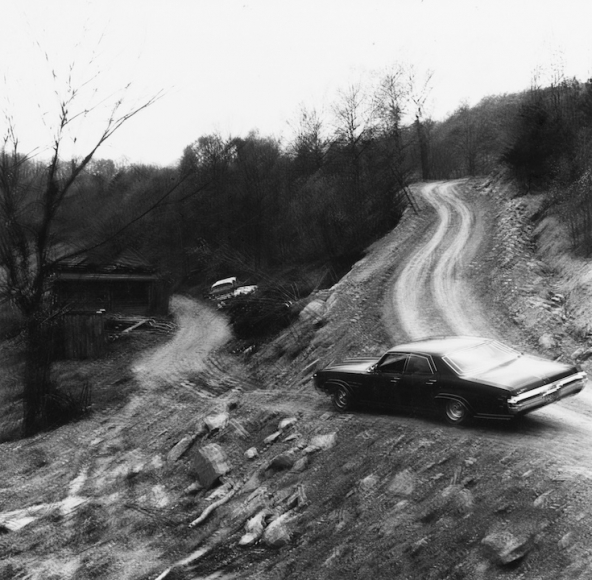
These photos have a very similar sense of imagery due to the wavy tracks that were created in both. However, Eugene Meatyard’s is more of the entire landscape and is much blurrier than of mine.

These images are both similar themselves in the sense they both focus around the structure of the jagged and messy tree branches, but they are different in the sense that I’ve captured a picture of smaller branches close up and just focused on that, whilst the other image includes a child and is also focusing on bigger pieces of a tree. They do both however, have the same shades of black and white.
